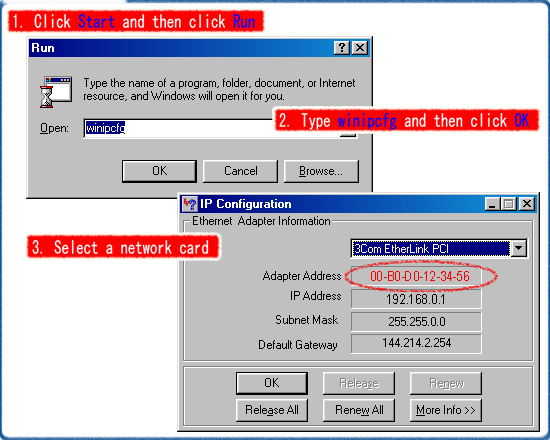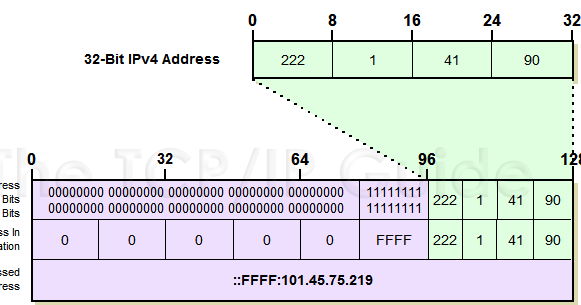
This means that 2 24 (= 16.777.216) unique OUAs can be assigned per OUI.App. You may wish to make the value only 6 bytes long and use only one of either the serial number or MAC address, which would work just as well.

Convert an IPv6 address in Compact Representation Notation (RFC 1924) to. for instance, I need to take: string macAddr '0013d362b9f3' and convert it to the format shown below for the byte array macAddress. Extract the MAC address from a modified EUI-64 constructed IPv6 address.

Step 4: Add the products within each set of four. Multiply the 8, 4, 2 and 1’s by the digit above. Heres a program I just whipped up to create a magic. Step 3: Every group of four in binary will give you one digit in hexadecimal. That said, its still pretty trivial to convert a MAC string to an array of bytes using vanilla C++. These are the weights of the positions or place holders in the number (2 3, 2 2, 2 1 and 2 0 ). The assignment of OUIs is usually public and can be determined via databases. I have written a Wake on Lan routine and I need a way to convert a user entered MAC address into a byte array. Step 2: Write 8, 4, 2 and 1 below each group. Bit 3–24 (manufacturer identification): Bits 3 to 24 encode an identifier (organizationally unique identifier, OUI), which is assigned exclusively to hardware manufacturers by IEEE.Addresses that are only locally unique are called locally administered address (LAA) and are marked with U/L = 1. FE80::24 (FE80:0000:0000:0000:0000:0000:0000:0020), the conversion was designed that such manual address would indicate that it was generated from a locally administered mac address rather than a real MAC. If U/L = 0, the address is valid worldwide as a universally administered address (UAA). When set to 1 it indicates that the MAC address was set manually by an administrator, rather than burned into the network card and. Bit 2 (registry): The second bit of the MAC address indicates whether it is an address with global validity (universal) or whether the address has been assigned locally (local).Multicast addresses are identified by I/G = 1 and are addressed to several receivers.

If I/G = 0, it is a unicast address for a single network adapter. This bit is called I/G (short for individual/group). int, hwaddrcompactaton (const char txt, u8 addr) Convert ASCII.


 0 kommentar(er)
0 kommentar(er)
